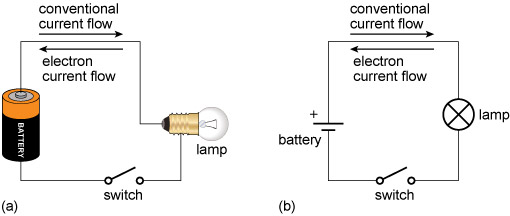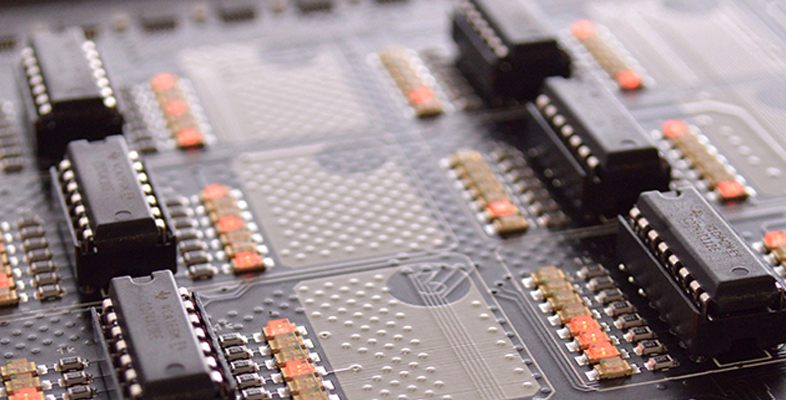2.1 Basic electrical quantities
The international standard units, Système international d'unités (SI units), that are commonly used for electrical quantities include coulombs, amperes, volts, ohms, watts and joules.
The fundamental unit of electricity is the negative charge of the electron or the positive charge of an ionised atom that has lost a single electron (resulting from the positive charge on the protons in the nucleus outnumbering that of the remaining electrons).
Electrical charge is measured in coulombs (symbol C). The charge on a proton is approximately 1.6 × 10−19 C, while the charge on an electron is the same magnitude but has the opposite sign (approximately −1.6 × 10−19 C). An electrical current is a flow of electric charge, measured in amperes (symbol A), where a current of one ampere is a total charge of one coulomb flowing in one second. Ampere is often abbreviated to amp.
In a circuit, positive and negative electric charges typically flow in the opposite direction to each other, as shown in Figure 8. This course will use conventional current flow, the predominant convention in the electronics industry, which is indicated in the direction taken by positive charges. In metal wires, the current is carried by electrons, which move in the opposite direction. This was not known at the time the convention was established.

A quantity closely related to current is voltage. Voltage is a measure of the potential difference between two points. A potential difference of one volt (symbol V) will drive a coulomb of charge through a resistance of one ohm every second. Note that we usually refer to current flowing through a component such as a resistor, but to the voltage being across the component (because two points are required to define the voltage). Voltage can be expressed as the energy per coulomb of charge (J C−1).
